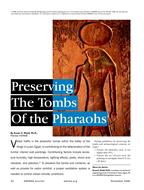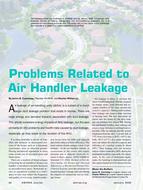The airflow in buildings involves a combination of many different flow elements. It is, therefore, difficult to find an adequate, all-round turbulence model covering all aspects. Consequently, it is appropriate and economical to choose turbulence models according to the situation that is to be predicted. This paper discusses the use of different turbulence models and their advantages in given situations. As an example, it is shown that a simple zero-equation model can be used for the prediction of special situations as flow with a low level of turbulence. A zero-equation model with compensation for room dimensions and velocity level also is discussed. A k- model expanded by damping functions is used to improve the prediction of the flow in a room ventilated by displacement ventilation. The damping functions especially take into account the turbulence level and the vertical temperature gradient. Low Reynolds number models (LRN models) are used to improve the prediction of evaporation-controlled emissions from building material, which is shown by an example. Finally, large eddy simulation (LES) of room airflow is discussed and demonstrated.
Units: SI
Citation: Symposium, ASHRAE Transactions, 1998, Vol 104, pt. 1A, San Francisco
Product Details
- Published:
- 1998
- Number of Pages:
- 9
- File Size:
- 1 file , 170 KB
- Product Code(s):
- D-7872


